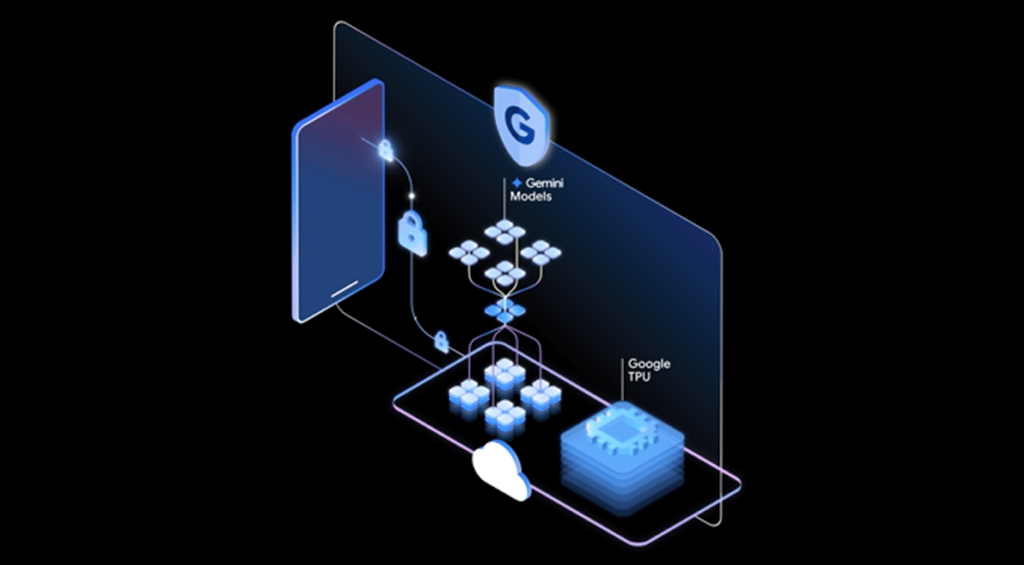Datamation content and product recommendations are
editorially independent. We may make money when you click on links
to our partners.
Learn More
Although I’ve been a big advocate of the business benefits of moving corporate data centers, software development and enterprise applications to the Cloud, I’m also a realist about the significant challenges that this migration process entails. The many obstacles to adopting a Cloud-first strategy worldwide were brought home to me again by a good friend who happens to be a CIO of a multinational company.
My friend, “Joe,” called me unexpectedly the other day after we hadn’t talked for a few months. He’s a very successful CIO who has taken on numerous executive IT jobs in major corporations to help them achieve various milestones or recover from a significant setback.
Cloud Storage and Backup Benefits
Protecting your company’s data is critical. Cloud storage with automated backup is scalable, flexible and provides peace of mind. Cobalt Iron’s enterprise-grade backup and recovery solution is known for its hands-free automation and reliability, at a lower cost. Cloud backup that just works.
SCHEDULE FREE CONSULT/DEMO
I hadn’t spoken to him since he had accepted a new position in a global company with numerous operations in emerging countries. When I saw his name on my cellphone I was excited to hear how things were going in his new job, and was surprised by his first comment, “Do you realize how bad the Cloud is?”
I certainly know that the growing popularity of the Cloud idea has distorted the practical realities of how hard it is to successfully adopt Cloud alternatives to meet corporate executives and end-users’ exaggerated expectations in a scalable and secure fashion, and timely and cost-effective manner.
The consumerization of IT has also created a free-for-all atmosphere within many organizations in which strategic business units (SBUs) have unilaterally procured Software-as-a-Service (SaaS), Platform-as-a-Service (PaaS) and Infrastructure-as-a-Service (IaaS) alternatives to circumvent IT bottlenecks.
The unauthorized and uncoordinated initiatives has resulted in fragmented adoption of Cloud services that has produced integration, security and cost-management issues which have significantly undercut their anticipated business benefits.
“Cloudwashing” has compounded the problem. Established IT and software vendors rebranding their legacy systems and applications to call them Cloud, hosted or just ‘on-demand’, has complicated the challenge because it has forced CIOs and their IT staff to sort out what’s real and what’s not.
Joe was well aware of these potential pitfalls when he arrived at his new company. But he was still intent on pursuing a Cloud-first strategy to move his new employer to a more agile data center architecture and create a more flexible software environment.
Global Cloud Deployment
However, he told me he’s been disappointed to discover that many of the geographies where his company operates lack sufficient connectivity to support a global cloud deployment. It isn’t like the telecomm world, which saw local companies and consumers adopting mobile services and using cellphones in emerging countries where they never had access to legacy landline services.
Moving big industries in remote areas to Cloud services requires significant network connectivity. They not only need significant bandwidth to replicate the application response times of on-premise software, they also need more bandwidth to move the escalating volume of data being generated by a growing population of devices being monitored continuously to ensure optimal performance. This is the new reality of the ‘Internet of Things’.
Pumping more and more data through narrow pipes is causing latency issues that are making corporate executives and end-users recall the agony of dealing with dial-up lines a decade ago.
So, Joe is discovering his global operations can’t quickly ‘leapfrog’ to a new generation of Cloud services to keep pace with his corporate constituents’ rising expectations.
Instead, Joe has to determine where he can prod along the local service providers to satisfy his escalating bandwidth requirements and where he’ll need to build his own private networks to fill the voids.
Joe’s story is not unique in today’s global business environment. Building robust global operations is not a new challenge given the history of uneven distribution of high-speed networks and other IT resources geographically worldwide. But, the hype surrounding the Cloud has raised corporate executive and end-user expectations, and put more pressure on CIOs to achieve a Cloud panacea.
In response, CIOs must make their corporate constituents aware of the Pandora’s Box of significant barriers that stand in the way of global Cloud deployments, and reset their expectations as they establish more realistic migration plans and objectives.
Kaplan is Managing Director of THINKstrategies, an independent consulting firm focused on the business implications of the on-demand services movement. He is also the founder of the Cloud Computing Showplace, and the host of the Connected Cloud Summit focused on the unprecedented opportunities and challenges created by the Internet of Things. He can be reached at jkaplan@thinkstrategies.com.
-
Huawei’s AI Update: Things Are Moving Faster Than We Think
FEATURE | By Rob Enderle,
December 04, 2020
-
Keeping Machine Learning Algorithms Honest in the ‘Ethics-First’ Era
ARTIFICIAL INTELLIGENCE | By Guest Author,
November 18, 2020
-
Key Trends in Chatbots and RPA
FEATURE | By Guest Author,
November 10, 2020
-
Top 10 AIOps Companies
FEATURE | By Samuel Greengard,
November 05, 2020
-
What is Text Analysis?
ARTIFICIAL INTELLIGENCE | By Guest Author,
November 02, 2020
-
How Intel’s Work With Autonomous Cars Could Redefine General Purpose AI
ARTIFICIAL INTELLIGENCE | By Rob Enderle,
October 29, 2020
-
Dell Technologies World: Weaving Together Human And Machine Interaction For AI And Robotics
ARTIFICIAL INTELLIGENCE | By Rob Enderle,
October 23, 2020
-
The Super Moderator, or How IBM Project Debater Could Save Social Media
FEATURE | By Rob Enderle,
October 16, 2020
-
Top 10 Chatbot Platforms
FEATURE | By Cynthia Harvey,
October 07, 2020
-
Finding a Career Path in AI
ARTIFICIAL INTELLIGENCE | By Guest Author,
October 05, 2020
-
CIOs Discuss the Promise of AI and Data Science
FEATURE | By Guest Author,
September 25, 2020
-
Microsoft Is Building An AI Product That Could Predict The Future
FEATURE | By Rob Enderle,
September 25, 2020
-
Top 10 Machine Learning Companies 2020
FEATURE | By Cynthia Harvey,
September 22, 2020
-
NVIDIA and ARM: Massively Changing The AI Landscape
ARTIFICIAL INTELLIGENCE | By Rob Enderle,
September 18, 2020
-
Continuous Intelligence: Expert Discussion [Video and Podcast]
ARTIFICIAL INTELLIGENCE | By James Maguire,
September 14, 2020
-
Artificial Intelligence: Governance and Ethics [Video]
ARTIFICIAL INTELLIGENCE | By James Maguire,
September 13, 2020
-
IBM Watson At The US Open: Showcasing The Power Of A Mature Enterprise-Class AI
FEATURE | By Rob Enderle,
September 11, 2020
-
Artificial Intelligence: Perception vs. Reality
FEATURE | By James Maguire,
September 09, 2020
-
Anticipating The Coming Wave Of AI Enhanced PCs
FEATURE | By Rob Enderle,
September 05, 2020
-
The Critical Nature Of IBM’s NLP (Natural Language Processing) Effort
ARTIFICIAL INTELLIGENCE | By Rob Enderle,
August 14, 2020
SEE ALL
CLOUD ARTICLES







